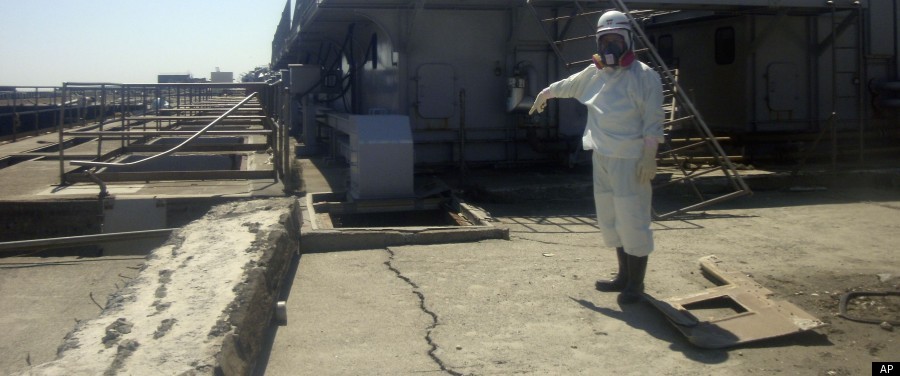Nuclear leak continues to disturb the Pacific
The devastated Fukushima nuclear plant is back to a state of emergency, with on-going leaks of radioactive water now threatening to spill even further.
Recent revelations that the nuclear plant had continued to leak radioactive material after authorities said it had been stemmed have caused international outrage. That rage is now being compounded by news that contaminated groundwater has risen above a shore barrier meant to contain it and is seeping into the Pacific Ocean.
Shinji Kinjo, an official from Japan’s Nuclear Regulation Authority told reporters the leak is now exceeding legal limits of radioactive discharge, and that countermeasures put in place by Tokyo Electric Power Co (TEPCO), the operator of the Fukushima complex, are only a temporary solution.
In an effort to try and stop the flow of nuclear material into the Pacific, TEPCO had created an underground barrier by injecting chemicals to harden the ground along the shoreline of one of the reactor buildings. However, reports now say that barrier has only been effective in solidifying the ground at around 1.8 metres below the surface, and will allow radioactive water to seep through shallower earth and into the sea or spill over the top of the surface and an alarming rate.
TEPCO were allowed to dump tens of thousands of tonnes of toxic water in an emergency move immediately after the earthquake and tsunami in 2011, it seems now there is little they can do to contain thousands of tonnes of water flowing into and out of the plant.
A regulatory task force overseeing the accident measures of has “concluded that new measures are needed to stop the water from flowing into the sea that way,” Mr Kinjo said.









 Print
Print